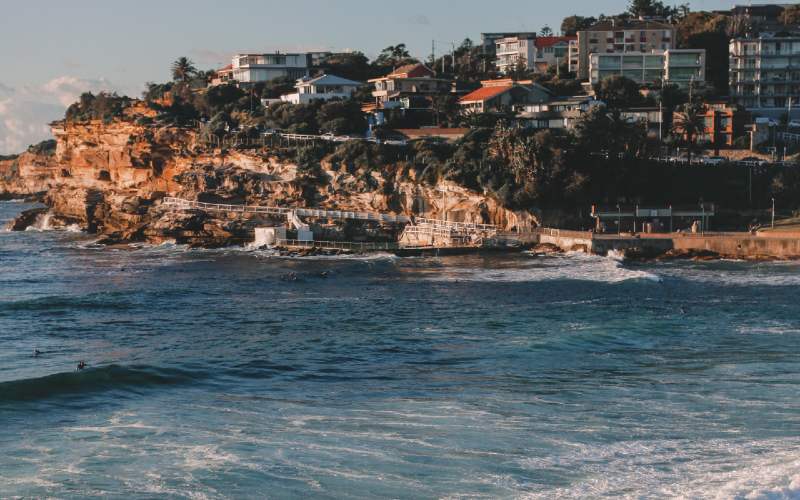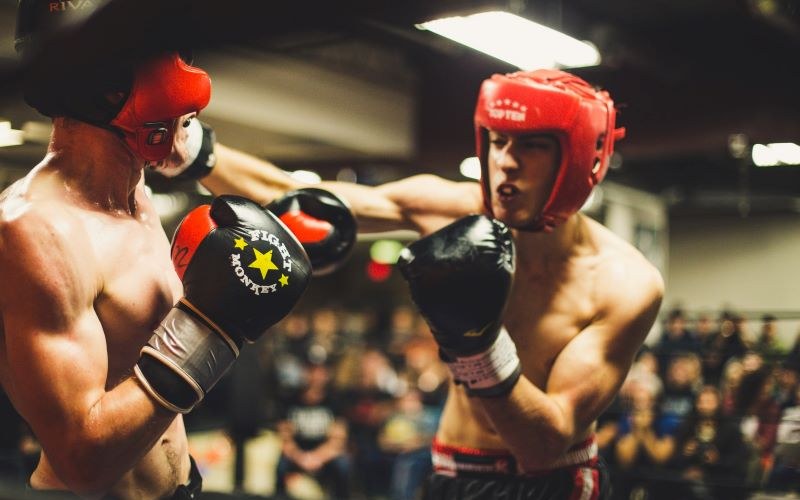According to analysis by Domain, first home buyers will only be able to buy between 35-40% of properties up for sale in most capital cities.
Domain economist Trent Wiltshire said the First Home Loan Deposit Scheme was designed to allow people to purchase a "modest" home.
"We analysed property sales in each capital city between July 1 and December 31 last year to see how many and what type of property a successful applicant can buy under the price caps," Mr Wiltshire said.
"There were fewest options in Canberra, with 34% of sales below the city's cap price, while Brisbane had the greatest proportion of sales under the price threshold."
Unsurprisingly, first home buyers have greater choice in units and apartments for sale in capital cities.
In Darwin, for example, 70% of units sold were under the threshold, while 48% were under the price cap in Sydney.
But far fewer houses fall under the price thresholds.
"Despite the lack of house options available, 70% of scheme commitments so far have been for houses, suggesting people are looking beyond the capital cities to buy a home using the scheme," Mr Wiltshire said.
With house prices rapidly rising, it's possible the number of properties buyers can purchase under the scheme will only decline even further.
"If Domain's price forecasts eventuate, in Sydney about 27% of properties sold will be under the price cap in December 2020, down from 36% in the second half of 2019," Mr Wiltshire said.
"In Melbourne and Brisbane, the proportion of sales below each city’s price cap will be about 28% and 33% respectively, down from 37% and 41% in the second half of 2019."
Mr Wiltshire said while the scheme is helpful, it's not a solution to Australia's housing affordability problems.
"The scheme will help some first-home buyers get into the market earlier, and these people will benefit if prices rise," he said.
"But the scheme also adds to demand and so contributes to higher prices, which is not ideal when interest rates are falling and prices are rising rapidly.
"So while helpful for some individuals, this scheme is not a solution to Australia’s housing affordability problems."
The scheme, which was launched on 1 January, aims to give eligible first home buyers the chance to purchase a home with a deposit as low as 5% without having to pay Lenders Mortgage Insurance (LMI). The government essentially acts as guarantor for the remaining deposit amount.
Since launching, the scheme has proved to be very popular, with over 6,500 of the 10,000 places already reserved.
Surprisingly, 11% of applicants for the scheme were between the ages of 40-59., while the majority of applicants (55%) were aged between 18-29.
Figures from the Housing Minister showed that many applicants are looking to buy outside the major cities in regional centres and rural areas.
Sydney
Property price cap: $700,000
"Buying a home using the scheme, particularly a house, will be near impossible in many parts of the north shore, northern beaches, eastern suburbs and inner west," Mr Wiltshire said.
According to the analysis, only 2% of homes in the Manly region are under the $700,000 threshold (0% of houses and 4% of units).
The options are also pretty dismal in:
- Leichardt (5%)
- Pittwater (5%)
- Baulkham Hills (4%)
- Eastern suburbs (7%)
Head a bit further out and the options suddenly open up, particularly in Sydney's western and southern suburbs:
- Mount Druitt region (87%)
- Richmond-Windsor region (81%)
- Campbelltown (81%)
Melbourne
Property price cap: $600,000
For first home buyers in Melbourne, the western and northern suburbs are where it's at. These include areas like:
- Tullamarine-Broadmeadows (68%)
- Sunbury (65%)
- Melton-Bacchus Marsh (65%)
- Wyndham (64%)
Unsurprisingly, Melbourne's inner, east and bayside regions had very few properties for sale that fell under the scheme's price caps. Almost no houses were under the property price caps.
- Manningham-East (1%)
- Bayside (8%)
- Monash (7%)
- Keilor (9%)
Brisbane
Property price cap: $475,000
It seems Brisbane is the city for first home buyers using the scheme, with 41% of dwellings sold falling under the $475,000 price threshold.
Looking further out, regions in the outer west and outer south provide the most choice, including:
- Beaudesert (83%)
- Ipswich inner (71%)
- Ipswich Hinterland (74%)
- Beenleigh (81%)
- Browns Plains (81%)
Only 8% of properties fell under the price threshold in Kenmore-Brookfield-Moggil. There were only 12% of properties under the price caps in The Gap-Enoggera area.
In the inner city of Brisbane, 39% of properties fell under the price cap, but Mr Wiltshire said this was mainly due to the "plethora of affordable units". Around 45% of units sold under the price threshold, compared with just 7% of houses.
"It was a similar story in neighbouring inner city areas, with Brisbane's apartment construction boom creating lots of affordable apartment options," Mr Wiltshire said.
Perth
Property price cap: $400,000
"Perth is the second-least accessible market under the scheme," Mr Wiltshire said.
Suburbs in the exclusive western suburbs and near Fremantle provide the least amount of choice for first home buyers using the scheme:
- Cottesloe-Claremont (6%) and only 1% of houses
- Fremantle (12%)
- Melville (9%)
- Northern Joondalup (13%)
The best areas for first home buyers using the scheme are in the south of the city:
- Kwinana (82%)
- Rockingham (66%)
- Mandurah (61%)
Adelaide
Property price cap: $400,000
First home buyers in Adelaide have the best chances in the northern suburbs:
- Playford (87%)
- Salisbury (76%)
- Gawler-Two-Wells (65%)
There are very few options in the inner south and east regions:
- Toorak Gardens (13%)
- Glen Osmond (13%)
- Kensington Gardens (13%)
- Campbelltown region (14%)
Hobart
Property price cap: $400,000
In the Brighton region, 72% of properties sold fell under the price cap.
On the other hand, only 12% of properties in the inner suburbs were below the property price cap and only 4% of units.
"Given Hobart's rapid price growth in the second half of 2019, an even smaller proportion of properties will currently be available to first home buyers," Mr Wiltshire said.
Canberra
Property price cap: $500,000
According to Domain's analysis, in all Canberra districts (except Weston Creek) 30-40% of properties sold were under the price cap.
But in most regions, very few houses were under the price cap. Only 3% of houses sold in South Canberra fell under the price cap.
Only 11% of properties in Weston Creek were under the price cap.
Darwin
Property price cap: $375,000
First home buyers stand a decent chance of getting a property in Darwin, where 39% of properties sold fall under the price cap.
Darwin's inner city holds the most promise for first home buyers, with 51% of properties under the price caps.
However, only 16% of properties sold in Litchfield fell beneath the price thresholds. It's important to keep in mind only five apartments actually sold in this area in the second-half of 2019 though.

Ready, Set, Buy!
Learn everything you need to know about buying property – from choosing the right property and home loan, to the purchasing process, tips to save money and more!
With bonus Q&A sheet and Crossword!
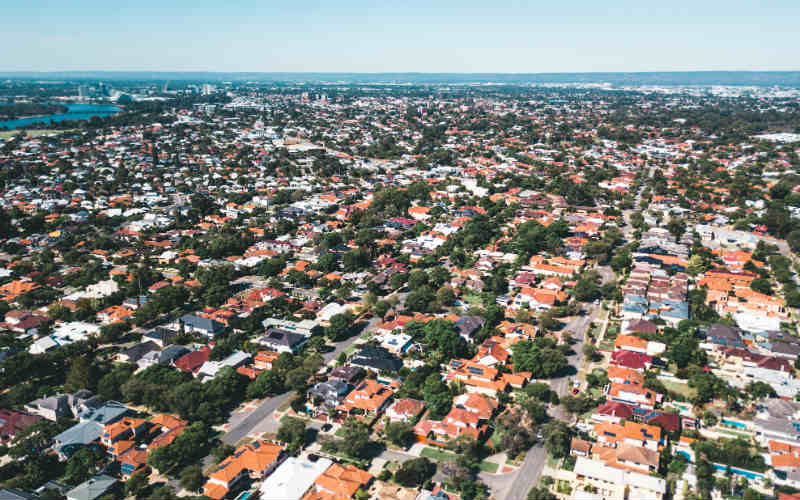


 Harry O'Sullivan
Harry O'Sullivan
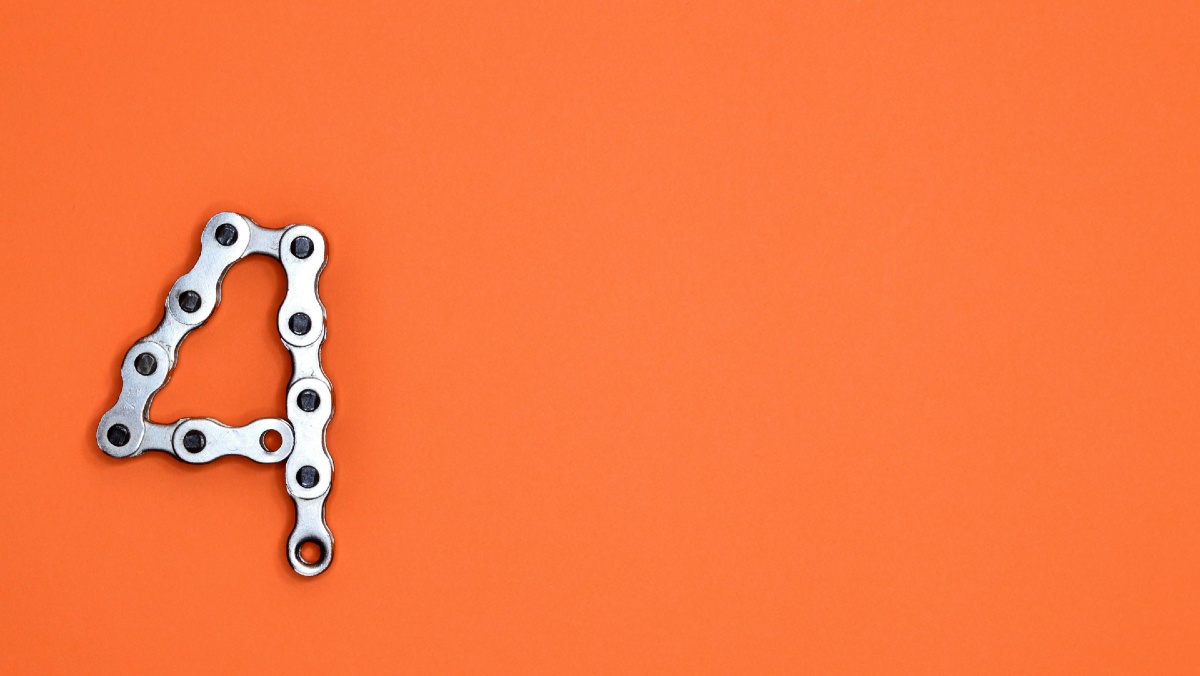
 Denise Raward
Denise Raward
 Harrison Astbury
Harrison Astbury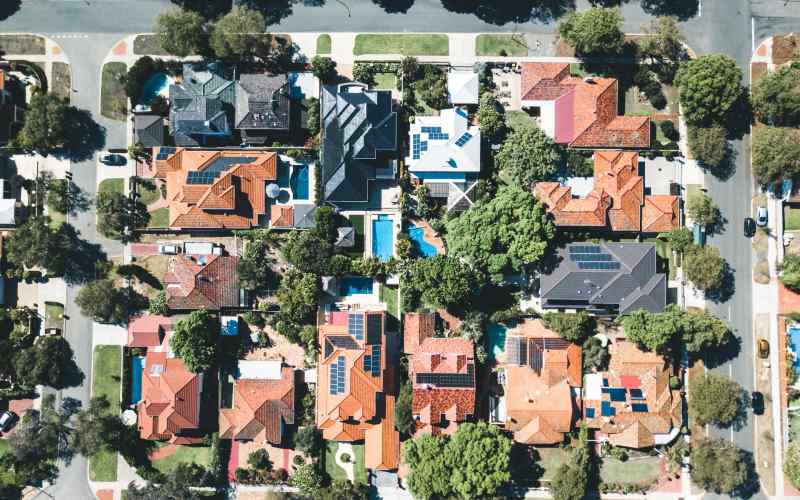
 Emma Duffy
Emma Duffy